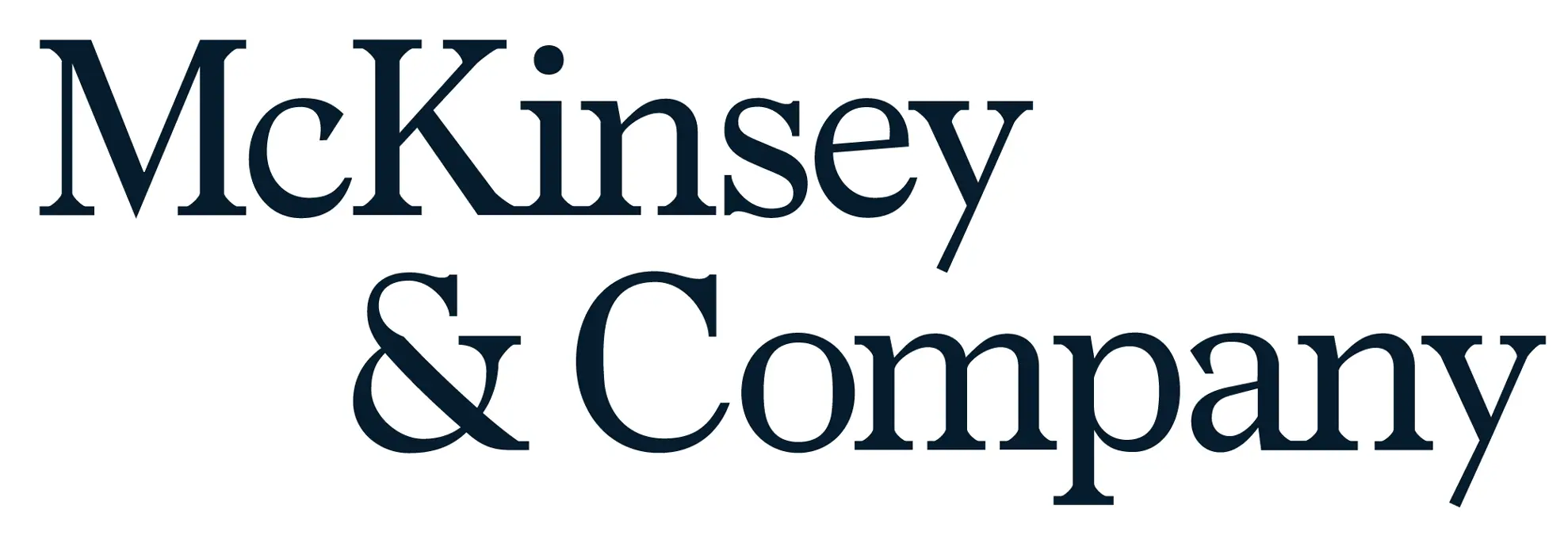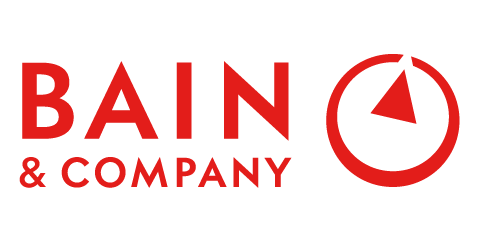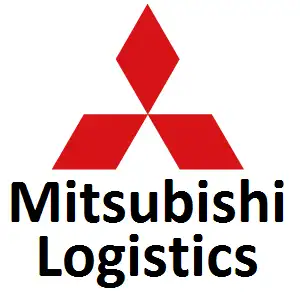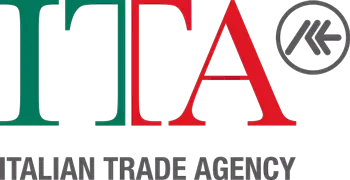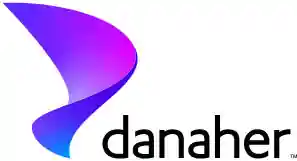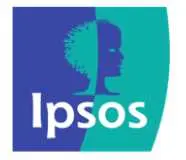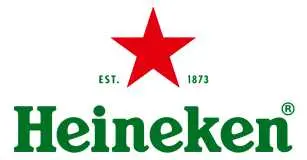Global Cancer Diagnostics Market is projected to be worth 204.98 billion by 2034 and is anticipated to surge at a CAGR of 6.43%.
The process of identifying and diagnosing cancer in the body through a variety of medical tests and technologies is known as cancer diagnostics. Imaging (MRI, CT scans, X-rays), laboratory testing (blood, urine, and tissue analysis), biopsy procedures, and sophisticated molecular diagnostics (genetic testing) are some of the methods used. The kind, location, and stage of cancer are determined by an accurate and timely diagnosis, which informs treatment choices and enhances patient outcomes. In order to increase survival rates for various cancer types and support individualized care, modern cancer diagnostics seek to identify tumors early, track the course of the disease, and evaluate the efficacy of treatment.
Drivers: The market for cancer diagnostics is expanding rapidly as a result of the growing need for early and precise detection techniques brought on by the increased global prevalence of cancer. More accurate, non-invasive testing is becoming possible thanks to developments in liquid biopsies, imaging technologies, and molecular diagnostics. The market is also expanding as a result of rising healthcare expenditures, government programs for cancer screening, and heightened awareness of the value of early diagnosis. The demand for companion diagnostics, which assist physicians in customizing therapies based on certain biomarkers, has increased in tandem with the rise in customized medicine. Together, these elements provide an atmosphere that is conducive to the long-term development of cancer diagnostics.
Challenges: The market for cancer diagnostics has a number of obstacles in spite of its bright future. Accessibility is restricted by the high expenses of sophisticated diagnostic tools and procedures, particularly in areas with low and intermediate incomes. The adoption of new diagnostic technology is often hampered by complicated reimbursement schemes and delayed regulatory clearances. Inadequate healthcare facilities and a shortage of qualified workers in underdeveloped nations further limit market penetration. Furthermore, false positives or negatives or diagnostic errors might affect patient outcomes and erode confidence in diagnostic procedures. Adoption may also be hampered by data privacy issues around genetic testing and biomarker analysis, particularly in light of increased regulatory scrutiny.
Market Trends: Key trends in the constantly changing cancer diagnostics industry include the increasing use of liquid biopsy methods for early, less invasive cancer detection. Imaging and pathology are incorporating AI and machine learning to increase workflow efficiency and diagnostic precision. More focused treatments are becoming possible because of personalized diagnostics, which is being fueled by developments in proteomics and genomes. Access and convenience are being increased by the growth of digital diagnostics and home-based testing. Innovation is being sped up by partnerships between biotech companies and academic institutions, while regulatory agencies are expediting approval processes to expedite the release of innovative diagnostics. A dynamic future for cancer diagnostics is being shaped by these changes.
Global Cancer Diagnostics Market Key Players:
Abbott, BD, F. Hoffmann-La Roche Ltd, GE Healthcare, Hologic, Inc, Illumina, Inc, Koninklijke Philips N.V (Philips), QIAGEN, Siemens Healthcare GmbH, and Thermo Fisher Scientific, Inc are just a few of the major market players that are thoroughly examined in this market study along with revenue analysis, market segments, and competitive landscape data.
Global Cancer Diagnostics Market Segmentation:
By Product: Based on the Product, Global Cancer Diagnostics Market is segmented as; Consumables, Instruments, Services.
By Type: Based on the Type, Global Cancer Diagnostics Market is segmented as; IVD, LDT, Imaging.
By Application: Based on the Application, Global Cancer Diagnostics Market is segmented as; Breast Cancer, Colorectal Cancer, Cervical Cancer, Lung Cancer, Prostate Cancer, Skin Cancer, Blood Cancer, Kidney Cancer, Liver Cancer, Pancreatic Cancer, Ovarian Cancer, Others.
By End-User: Based on the End User, Global Cancer Diagnostics Market is segmented as; Hospitals, Laboratories, Others.
By Test Type: Based on the Test Type, Global Cancer Diagnostics Market is segmented as; Biopsy, Others.
By Coverage: Based on the Coverage, Global Cancer Diagnostics Market is segmented as; Public Insurance, Private Insurance.
By Region: This research also includes data for North America, Latin America, Asia-Pacific, Europe, Middle East & Africa.
This study also encompasses various drivers and restraining factors of this market for the forecast period. Various growth opportunities are also discussed in the report.






